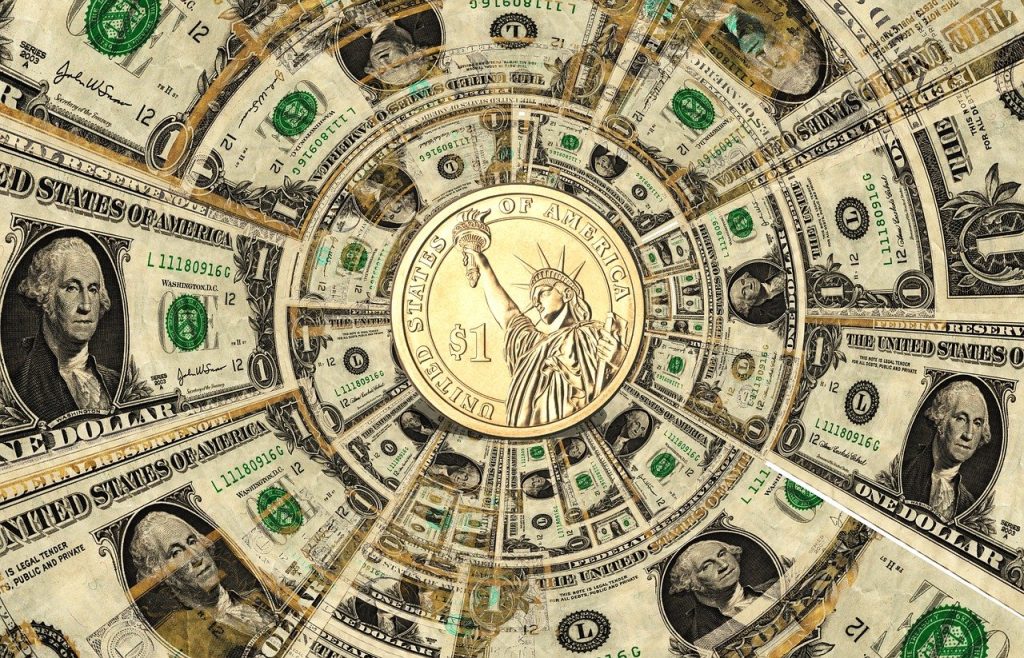UBI or Dividend Dollar? New Income Support Program Sparks Debate with High-Yield Savings Incentive
In the ongoing debate around financial support and economic equality in the United States, two groundbreaking ideas are emerging as potential solutions: Universal Basic Income (UBI) and a newly proposed Dividend Dollar Program. The latter, which requires recipients to lock a portion of their funds in a high-yield savings account with a monthly dividend of 15-20%, has sparked fresh discussions on sustainable financial support for Americans.
The UBI Model
Universal Basic Income, or UBI, is an unconditional payment system in which every citizen receives a fixed monthly payment from the government. Proponents argue that UBI offers direct financial assistance, helps alleviate poverty, and could serve as a safety net amid economic fluctuations, particularly in times of automation-driven job loss. Critics, however, question the long-term sustainability of UBI, especially its funding source, and worry it could drive inflation.
The Dividend Dollar Alternative
The Dividend Dollar Program, a new contender to UBI, proposes an innovative approach. Instead of a no-strings-attached cash payment, individuals would receive funds under the condition that a certain percentage remains locked in a government-regulated savings account. This account would pay a monthly dividend between 15% and 20%, creating a steady income stream that compounds over time. The long term locked-savings component aims to encourage financial discipline and increase individual/generational net worth, creating a buffer or asset to be leveraged for personal emergencies and larger expenditures. People could spend the dividend payouts or roll them over for more dividend dollars.
Funding Mechanism and Economic Impact
Advocates of the Dividend Dollar Program suggest that the program would be partially funded through government-backed bonds and progressive tax policies. The high-yield returns would be managed through a mix of public-private investments that prioritize safe, profitable assets. Additionally, unlike UBI, which may require massive, continuous funding, the Dividend Dollar program is designed to sustain itself by building on recipients’ own savings, thus potentially having a deflationary effect by keeping cash out of immediate circulation.
Public Response and Economic Experts’ View
Public opinion is divided. UBI supporters argue that people deserve unconditional financial support and that the Dividend Dollar Program, while promising, is restrictive and too complicated for those in immediate need. Meanwhile, supporters of the Dividend Dollar Program believe it offers a “financial education” component, providing citizens with a stake in their future net worth while fostering a culture of savings.
Economists are split on which program would benefit the economy most. Some argue that UBI’s cash influx would boost consumer spending, driving growth, while others believe the Dividend Dollar’s savings structure would curb inflation risks associated with direct cash transfers.
Political Outlook
Both programs are backed by different political groups. Some progressive lawmakers push for UBI, citing its simplicity and straightforward approach to eradicating poverty, while others support the Dividend Dollar, noting its long-term financial empowerment benefits. Either way, both programs underscore a clear public desire for new economic solutions that address inequality and financial insecurity in modern America.
As debates continue, analysts suggest that a combination of both programs, or a hybrid model, may eventually emerge to address the diverse financial needs of Americans across income brackets.






More Stories
Morning News Stories: Monday July 14th, 2025
New ATH for Bitcoin!
Trump’s “Big Beautiful Bill” Passes the U.S. Senate